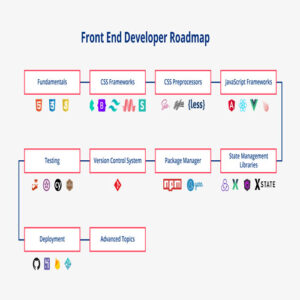Voice over Internet Protocol (VoIP) technology has revolutionized the telecommunications industry, offering businesses and individuals an efficient and cost-effective alternative to traditional phone services. Within the realm of VoIP, there are two primary models – Wholesale and Retail services. This article delves into the intricacies of these models, highlighting the key differences that set them apart.
Understanding VoIP Wholesale Services
Bulk Purchases and Cost Efficiency
- VoIP Wholesale services are tailored for carriers, Internet Service Providers (ISPs), and large-scale telecommunications companies. These entities engage in bulk purchases of voice minutes at significantly lower rates than retail.
- The primary advantage lies in the cost efficiency of buying services in large quantities, enabling wholesalers to negotiate better rates with upstream carriers.
Target Audience
- Wholesale services cater to businesses operating on a larger scale, where the demand for voice communication is substantial. This includes carriers looking to expand their network reach and service providers aiming to offer VoIP solutions to a broad customer base.
Network Infrastructure
- VoIP Wholesale providers typically have robust and extensive network infrastructure to handle large volumes of voice traffic. This infrastructure includes redundant systems, high-capacity data centers, and efficient routing mechanisms.
Customization and Flexibility
- Wholesale services often provide a higher degree of customization, allowing clients to tailor their offerings based on specific requirements. This flexibility is crucial for carriers and service providers with diverse needs.

Understanding VoIP Retail Services
Direct Service to End-Users
- VoIP Retail services are geared towards end-users, small to medium-sized businesses, and individual consumers. Unlike wholesale, retail services involve the direct sale of VoIP packages and minutes to customers.
Higher Rates in Smaller Quantities
- Retail services come with higher per-minute rates compared to wholesale, but they cater to smaller quantities of minutes. This model is ideal for businesses with moderate communication needs or individuals seeking affordable and feature-rich VoIP solutions.
User-Friendly Interfaces
- Retail VoIP providers often prioritize user-friendly interfaces and customer support, as they directly interact with end-users. This includes features like easy setup, accessible customer service, and straightforward billing.
Scalability for Small to Medium Businesses
- VoIP Retail services are designed to be scalable for small to medium-sized businesses. Users can easily adjust their service plans based on changing communication requirements without the need for extensive infrastructure investments.
Comparative Analysis
Pricing Structure
- Wholesale: Lower per-minute rates for bulk purchases.
- Retail: Higher per-minute rates for smaller quantities.
Target Audience
- Wholesale: Carriers, ISPs, and large-scale service providers.
- Retail: End-users, small to medium-sized businesses, and individuals.
Infrastructure Needs
- Wholesale: Robust network infrastructure to handle large traffic volumes.
- Retail: Scalable infrastructure catering to smaller user bases.
Customization and Flexibility
- Wholesale: High degree of customization for diverse client needs.
- Retail: Focus on user-friendly interfaces and scalable solutions for individual users.
Conclusion
In conclusion, the choice between VoIP Wholesale and Retail services depends on the specific needs and scale of the business or individual. While wholesale services are tailored for large-scale operations, retail services cater to a broader audience seeking flexibility, ease of use, and scalability. Ultimately, understanding the distinctions between these two models is essential for making informed decisions in the dynamic landscape of VoIP communications.










